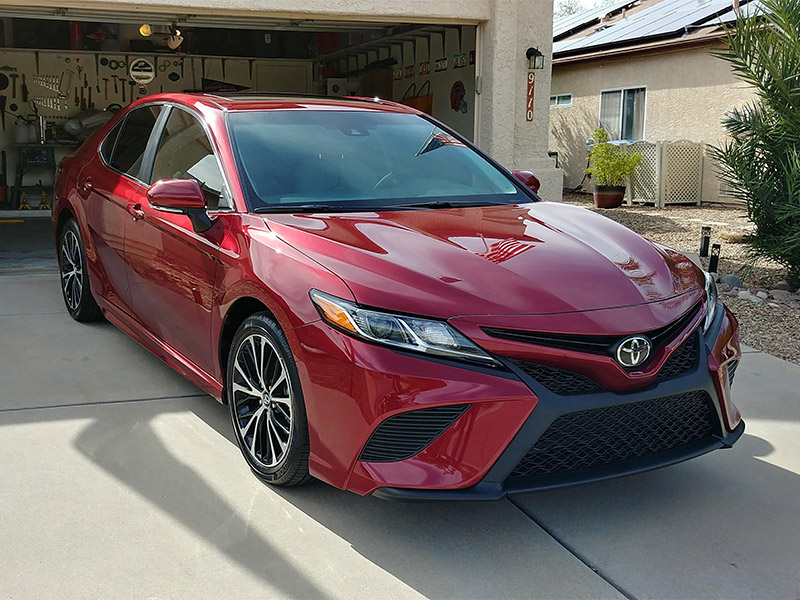For years the debate has been the same: should you own a car or rely on ride-sharing? The answer isn’t universal. It depends on how much you drive, where you live, fuel prices, maintenance habits, and even how predictable your schedule is. But with a practical personal-finance lens, we can compare the real costs so you can decide what makes sense for your wallet, not for someone else’s.
The True Cost of Owning a Car
Most people underestimate what a car actually costs. The monthly payment is only one slice of the pie. When you bundle everything, you get a more realistic number.
Car payment (if financed): Often the biggest fixed cost
Insurance: Varies by age, location, and type of vehicle
Fuel: Changes weekly and depends on your driving habits
Maintenance: Oil, brakes, tires, fluids, unexpected repairs
Registration and taxes: Annual expenses people forget to factor in
Depreciation: The quiet cost—your car loses value every year, whether you drive or not
When these are combined, the average person spends hundreds of dollars per month—even with a used car. For many households, total annual car ownership can easily cross $5,000 to $10,000.
The Cost of Relying on Uber
Uber feels expensive because you see the cost every time you ride. But that direct visibility can sometimes make it seem more expensive than it actually is.
No insurance bills, no fuel costs, no parking tickets, no mechanic visits, no surprise breakdowns. You pay only when you move.
The big swing factor is how often you ride. Someone who uses Uber only for commuting might pay far less than a full car ownership cost. But someone who relies on it for daily errands, long-distance trips, or peak-hour rides could easily surpass the cost of a car.
A Simple Rule of Thumb
If you drive less than 8,000–10,000 km per year (or roughly 5,000–6,000 miles), ride-sharing often becomes cheaper than owning a car.
If you drive more than that—especially if you commute daily—owning a car tends to win financially over the long term.
Lifestyle and Convenience Matter Too
Finances matter, but convenience plays a role. A car gives you instant access, trunk space, and the ability to leave anytime. Uber gives you freedom from maintenance stress, parking headaches, and surprise repair bills. Some people even combine both: use Uber most of the week and rent a car occasionally for trips.
How to Decide Based on Your Numbers
Add up the total annual cost of your car, not just the payment. Then estimate how many rides you actually take monthly and multiply by the typical fare in your city.
You may be surprised: people who work remotely, live in walkable areas, or use public transportation lightly often save thousands per year by skipping car ownership.
Others who drive daily or live far from city centers usually save money by owning a reliable used car instead of paying ride-share prices every week.
Final Thought
There’s no one-size-fits-all answer. The cheapest option is the one that fits your driving habits. But when you look at real numbers, not assumptions, the picture becomes clearer. Track one month of travel costs and compare it to the true cost of your car.
A simple comparison can uncover thousands in potential savings—and help you choose the transportation strategy that actually works for your lifestyle and your finances.



